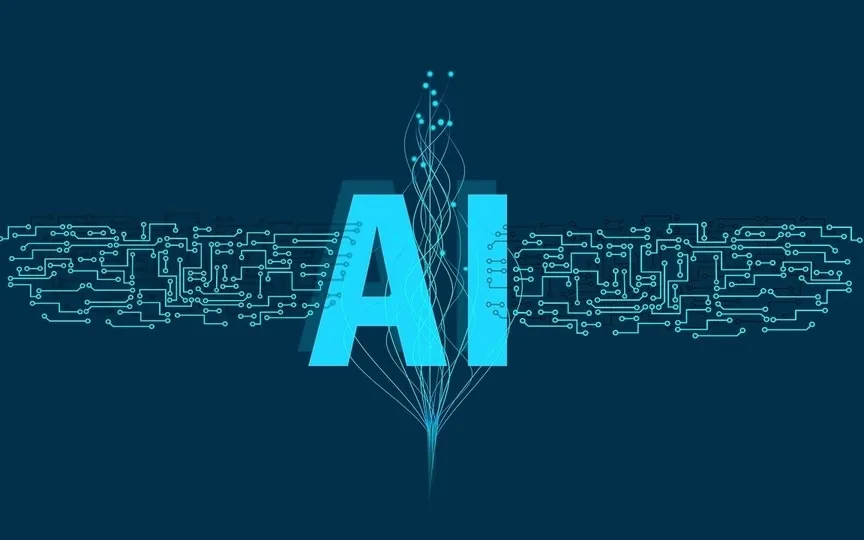Tech Pioneers Leave Positions to Create AI Modeled After Insects
The objective of a recently established artificial intelligence research lab is to address the most urgent challenges in the field by taking inspiration from the animal kingdom. This includes studying the collective movements of fish schools or the coordinated behavior of bee colonies.
As many of the industry’s top companies strive to outdo each other by building ever-larger AI systems, Sakana, which takes its name from the Japanese word for fish, believes it can do more with less data. The startup plans to make several smaller AI models, the kind of technology that powers products like ChatGPT, and make them work together. The idea is that a “swarm” of programs could be as intelligent as the massive projects of large organizations.
Founded by two prominent researchers in the field, ex-Googlers David Ha and Llion Jones, Sakana’s approach could potentially lead to artificial intelligence that is cheaper to train and use than current technology. This includes generative artificial intelligence, which has taken Silicon Valley by storm with its ability to spit out text and images in response to prompts. The new company’s approach differs from that of companies like OpenAI, which might feed all its data into one large AI program instead of smaller programs.
“Ants move and dynamically form a bridge themselves, which may not be the strongest bridge, but they can do it immediately and adapt to environments,” Ha said. “I think this kind of adaptation is one of the very powerful concepts we see in natural algorithms.”
Ha and Jones are marquee names in the world of artificial intelligence research. Jones, a Tokyo-based AI researcher, co-authored one of Google’s most influential industry publications, “Attention Is All You Need,” which underpins many of today’s most popular AI products. Also based in Tokyo, Ha previously served as the research manager of Stability AI. Prior to that, he focused on generative artificial intelligence while working as a researcher at Alphabet Inc.’s Google Brain in Japan.
Sakana is still in the early stages: It has not yet built an AI model and does not have an office. The plan is to open one in Tokyo soon, Ha said. The company declined to comment on the fundraising status.
But the ideas Sakana is working with are more established. Near the end of his time at Google, Ha and a colleague launched a project called the “sensory neuron as transformer,” deploying small AI models that work together to play a game, rather than using a single large model. Other researchers have also been inspired by the functioning of the human brain. The term “artificial neural networks” refers to, for example, artificial intelligence models that are programmed to process information in a way roughly analogous to humans, using trial and error methods.
“The human brain still outperforms our best artificial intelligence,” Jones said. “So, the human brain is clearly doing something right that we haven’t fully figured out yet.”
Jones and Ha sat near each other in Google’s Tokyo offices, and the pair stayed in touch after Ha left the company. After following years at the top of the Internet, they finally gravitated toward startups. Ha’s role at Stability AI meant he spent a lot of time building research teams, he said, and he wanted to get back to doing research. And Jones felt hemmed in at Google.
“It’s unfortunately true to say that I have a lot more speed outside of Google,” he said, noting that the need to secure approvals and resources can slow down the development of innovative technology at a large company. When Ha suggested they found a startup, he said, “It made a lot of sense to me.”




